Confused by all those groups fighting in Syria? We break it down with arm patches
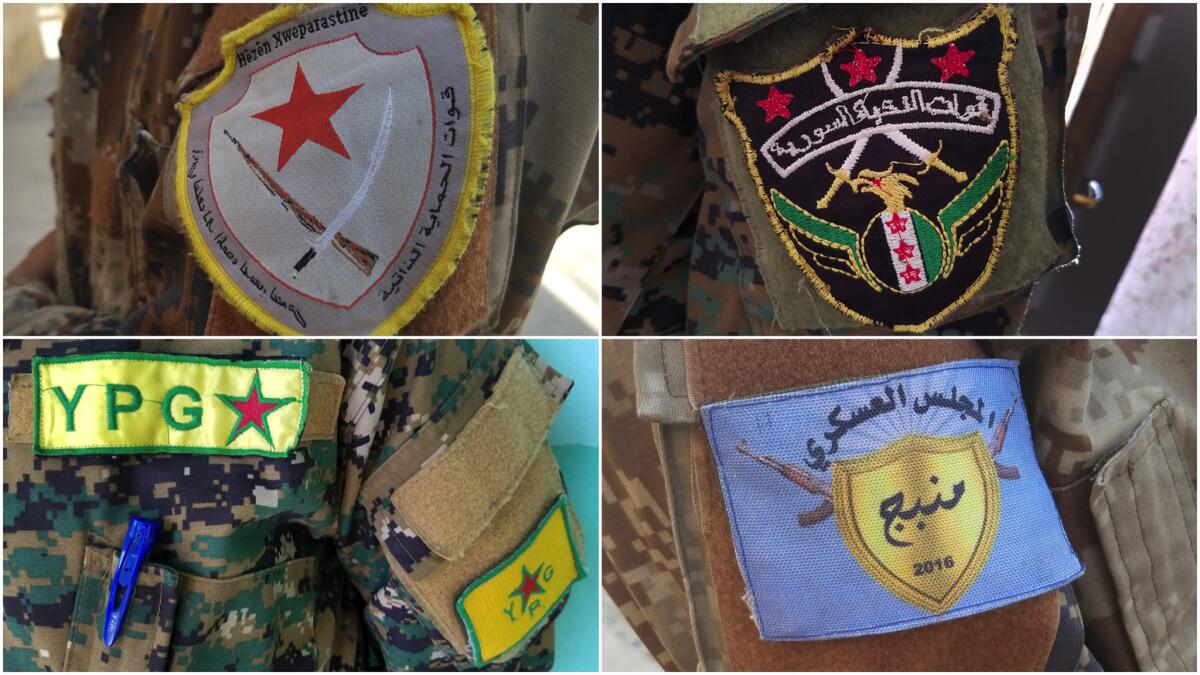
Since Syria's civil war began six years ago, dozens of forces have been fighting to hold sway. Now many have united in eastern Syria against
Syrian Democratic Forces (SDF):
An alliance of about 55,000 fighters, about half from Kurdish militias, fighting Islamic State with U.S. support. They are fighting to recapture the self-declared capital of Islamic State’s “caliphate,” Raqqah. But some have already said their focus is shifting southeast to the strategic city of Dair Alzour. Syrian President
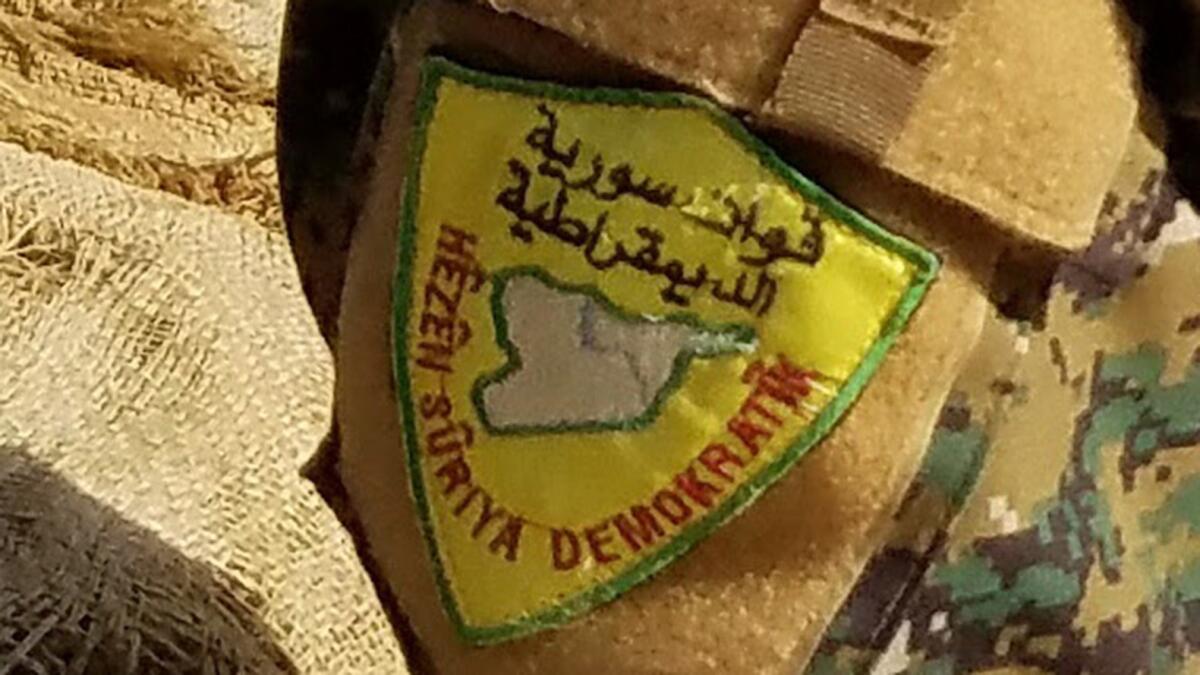
People’s Protection Units (YPG)
The largest militia in the Syrian Democratic Forces, the YPG was founded as the armed wing of the Kurdish Democratic Union Party, which Turkish authorities have accused of being linked to the Kurdistan Workers’ Party, or PKK, considered a terrorist group by Turkey and the U.S. The PKK’s founder, imprisoned by Turkey for life, is lionized by YPG fighters, who have posted Ocalan’s image on street corners, squares, checkpoints, schools and offices. Many say they are fighting for his socialist vision of a world governed by a confederation of local councils.

Women’s Protection Units (YPJ)
The female wing of the People’s Protection Units, a Kurdish force inspired by Ocalan. His philosophy, detailed in a book “Jineology,” is based on gender equity and the notion that a society’s success rests on how well women are treated. In accordance with that philosophy, Kurdish paramilitary units and the local political councils they support are jointly run by male and female leaders. Women serve in combat and have died on the front line fighting Islamic State. They often wear floral scarves, as do male YPG fighters, and patterned socks.
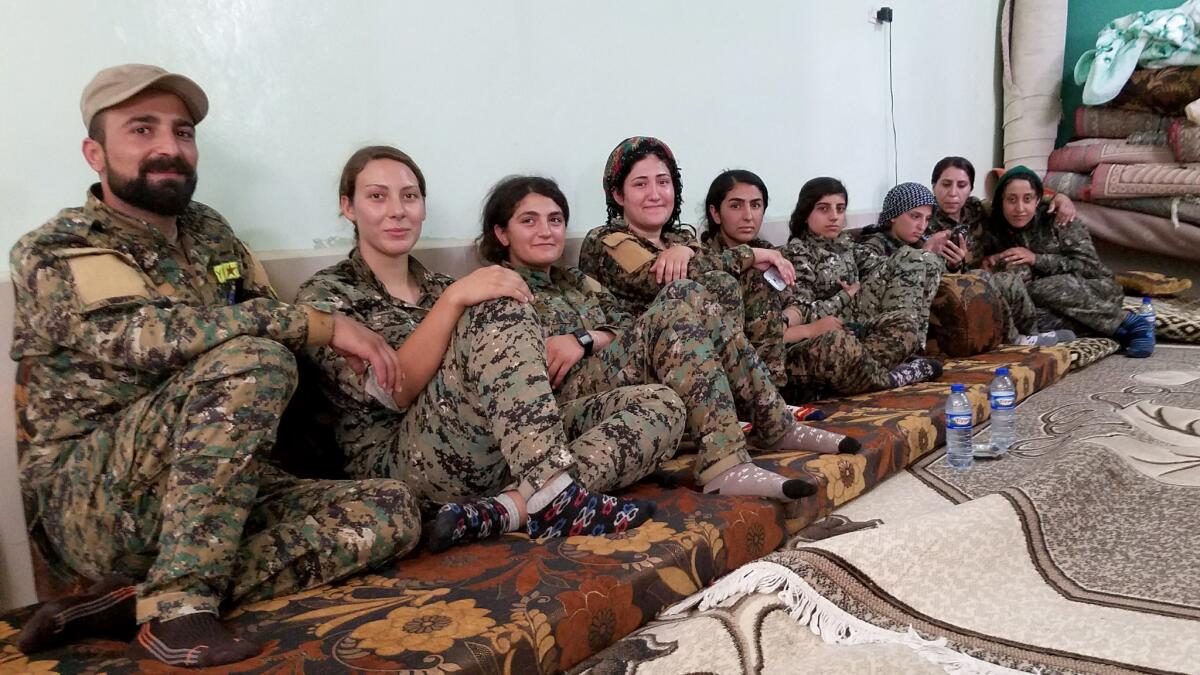
The Free Syrian Army
A U.S.-backed opposition militia fighting Islamic State as part of the Syrian Democratic Forces, it has about a thousand fighters in Raqqah and 2,500 staging north of Dair Alzour, said Abu Imad, a commander in Raqqah.
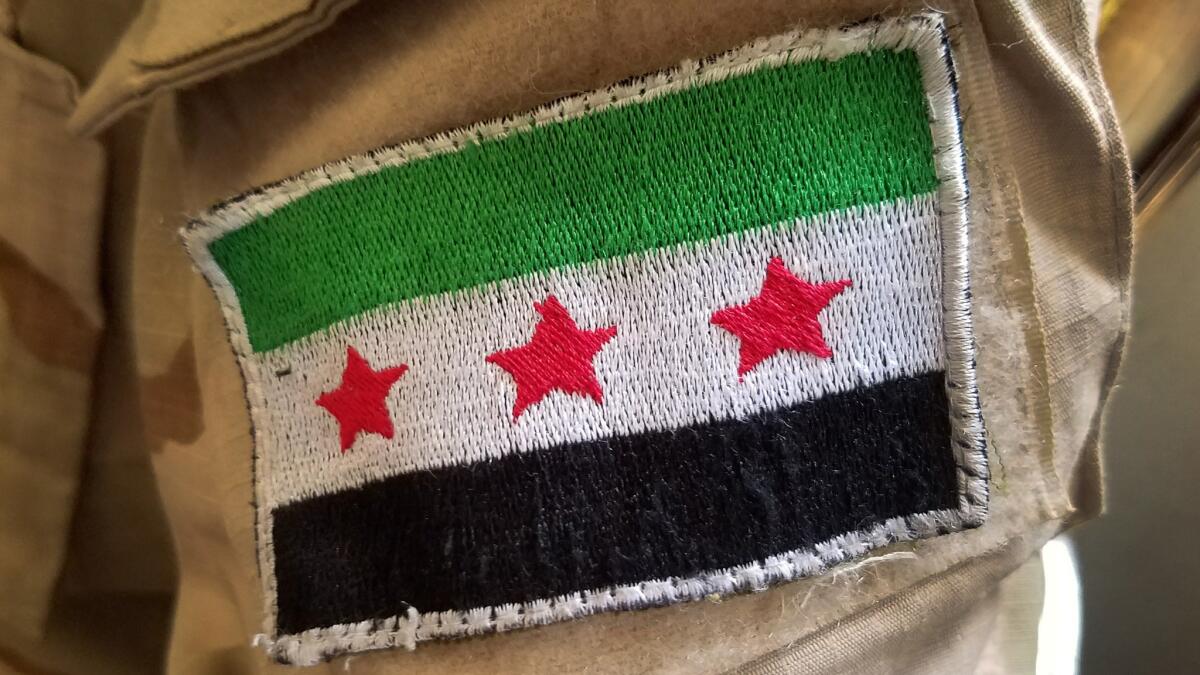
Syrian Self-Defense Forces:
Drafted by Kurdish authorities to defend northern Syria, they are local, multiethnic troops. Those conscripted train for about a month with the YPG. Some young men attempt to avoid the draft by fleeing to Iraq and Syria. But if caught by the Asayish, or Kurdish police, they can be forced to serve.

Syriac Military Council (MFS)
A small militia with only a couple thousand fighters, many of them members of the Assyrian Christian minority in eastern Syria, the MFS has established a presence in west Raqqah and attracted volunteer fighters from America and other western countries, who said they have come to Syria to support Christians as a religious minority.
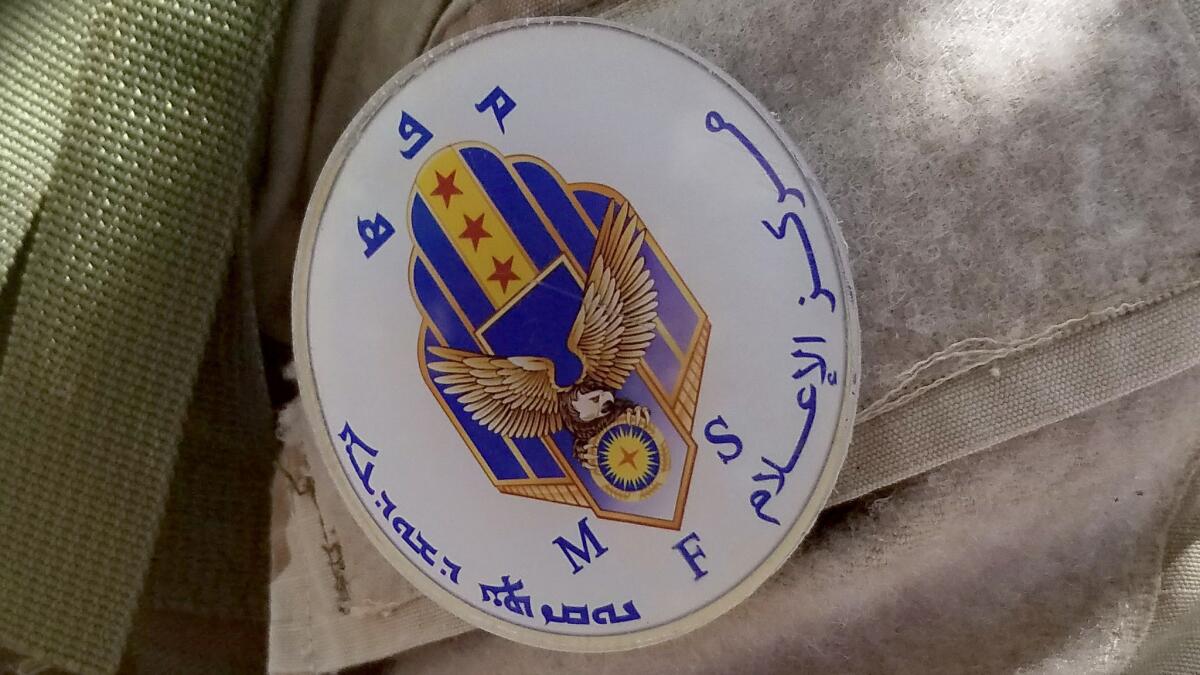
Asayish, or Kurdish police:
Charged with holding areas cleared of Islamic State, the Asayish often find themselves working with the military to root out sleeper cells and confront militants. Officer Haval Mirwan works in an area west of Raqqah wearing a patch that honors his 36-year-old brother, Bilind, left, and friend Navi Sheraman, 20. Both were Kurdish soldiers killed two years ago fighting Islamic State. Mirwan had left Syria for Germany at the time, but returned to fight.
“I will not leave until Daesh is gone,” he said, using an Arabic acronym for Islamic State.
This month, his officers caught a militant disguised as a woman milling with the afternoon crowd on a busy street in Mansoura, an area 10 miles west of Raqqah supposedly free of Islamic State for a month. He suspected the fighter was a spy, or had planned to attack. “Now that we caught him, maybe they will send somebody else to do an explosion,” Mirwan said.
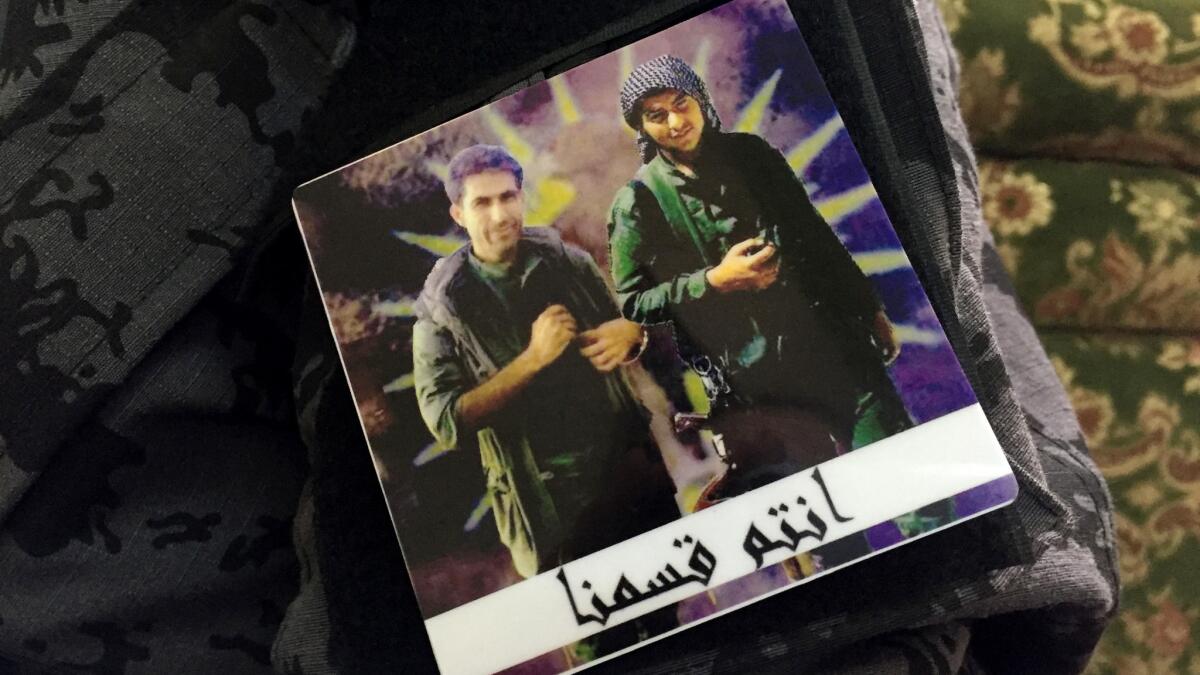
Start your day right
Sign up for Essential California for news, features and recommendations from the L.A. Times and beyond in your inbox six days a week.
You may occasionally receive promotional content from the Los Angeles Times.




